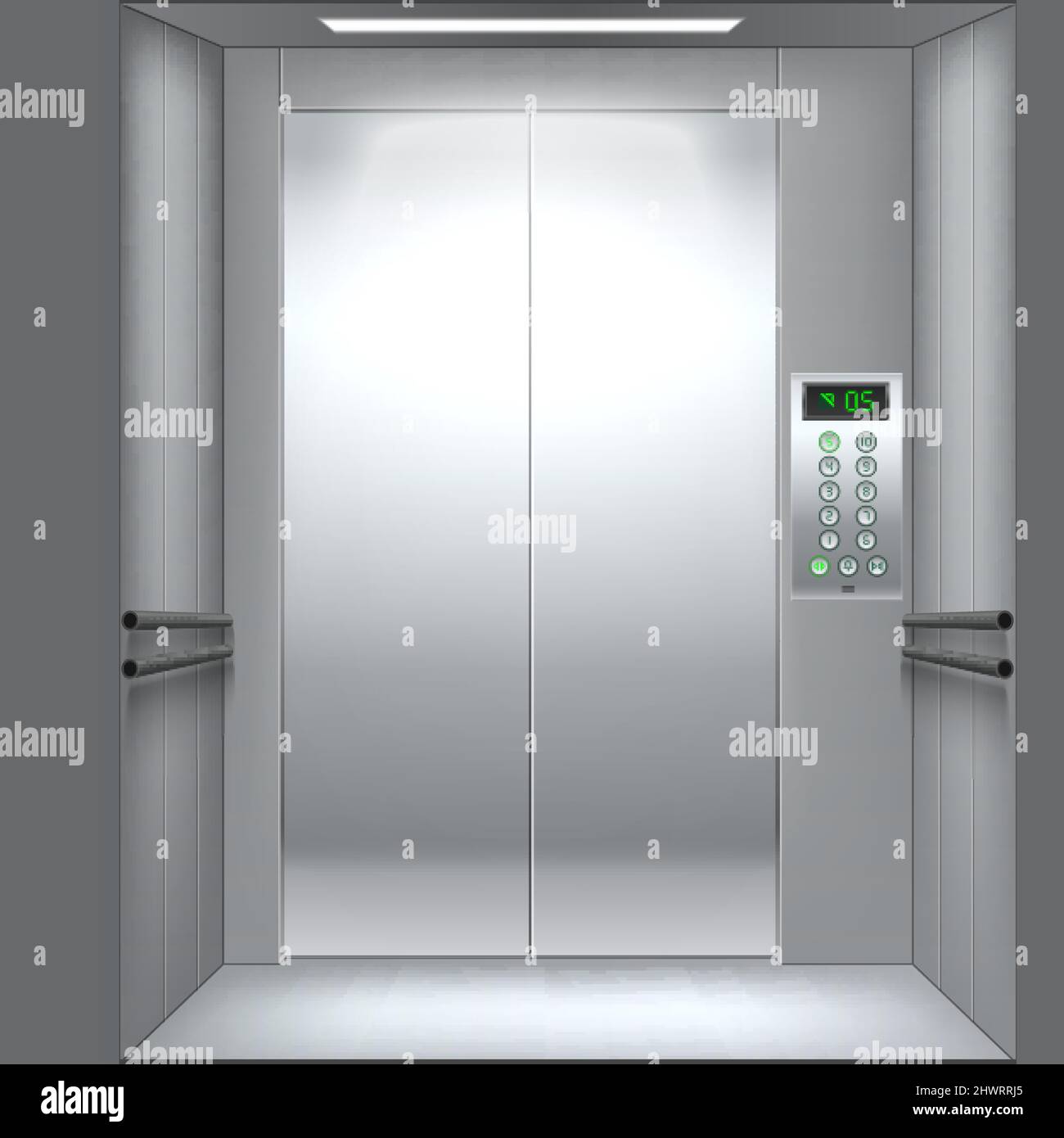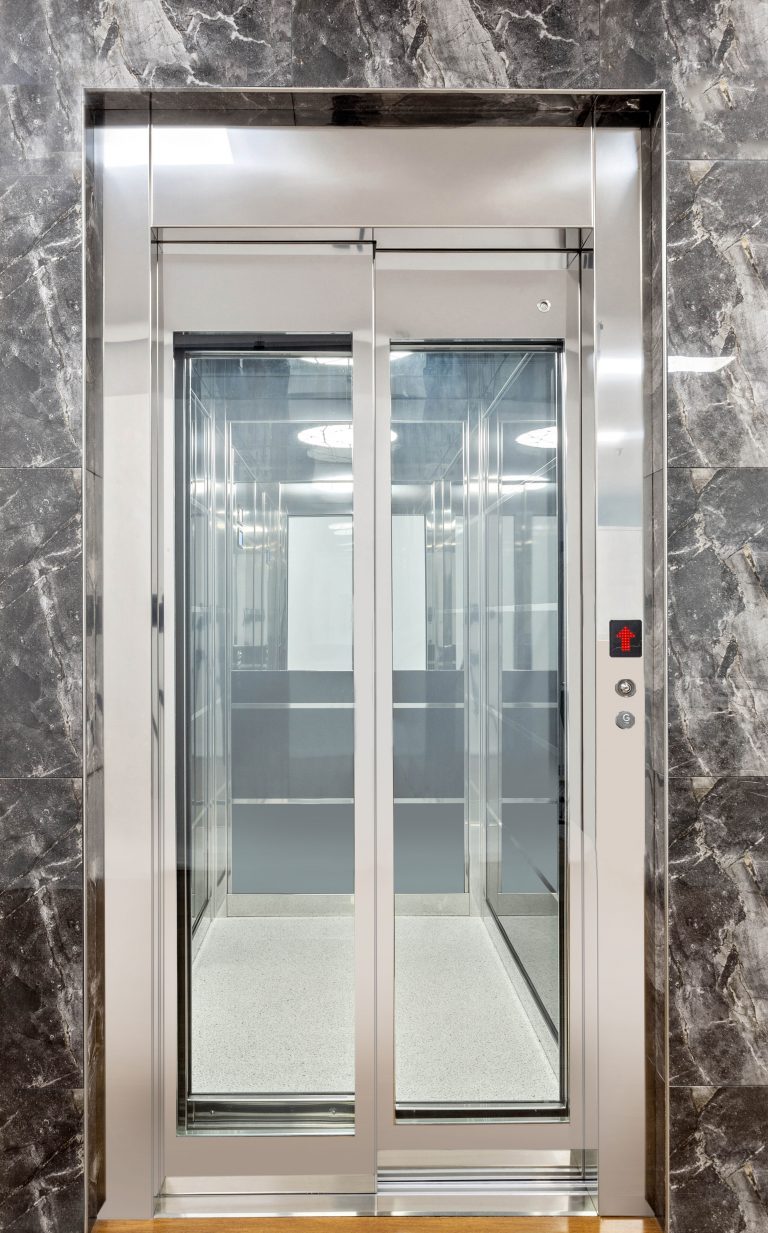Locate Reputable Lift Repair Near Me for Fast and Affordable Solution
Locate Reputable Lift Repair Near Me for Fast and Affordable Solution
Blog Article
Exploring the World of Lifts: Typical Problems Faced by Different Lift Mechanisms
As we navigate via the vertical transport systems of modern-day structures, lifts attract attention as an essential element of our day-to-days live. Nevertheless, behind their seamless procedure lies a world of elaborate systems that can often experience difficulties. From hydraulic elevators to grip systems and machine-room-less layouts, each lift type comes with its collection of common issues. Recognizing these challenges is critical for guaranteeing the smooth performance of these important systems. Allow's check out the complexities that underlie the operation of elevators and the potential problems that can develop, losing light on the intricate web of lift systems.
Hydraulic Elevators
Hydraulic elevators, frequently favored for low-rise buildings, use fluid pressure to regulate the activity of the elevator automobile (lift repair companies). This device entails a hydraulic pump pushing oil into a cylinder, triggering the lift to relocate the wanted direction. While hydraulic elevators are understood for their silent and smooth procedure, they do come with their very own collection of common problems
One widespread problem with hydraulic lifts is oil leak. Additionally, concerns with the control system, such as malfunctioning valves or a malfunctioning pump, can create disturbances in the lift's movement.
Normal maintenance and prompt repair services are important to make certain the smooth performance of hydraulic elevators. By attending to these usual concerns proactively, building proprietors can minimize downtime and make sure the security and effectiveness of their vertical transportation system.
Grip Lifts
When thinking about vertical transport systems in buildings, another usual kind apart from hydraulic elevators is the traction elevator. Traction lifts run utilizing a system of ropes and weights that relocate the elevator car by gripping onto the hoist ropes. This device allows for smoother and much faster vertical transport compared to hydraulic systems.
One of the typical issues faced by traction lifts is rope wear. The constant motion of the ropes within the traction system can bring about tear and use gradually, potentially triggering the lift to breakdown or come to be risky for usage. Normal assessments and maintenance of the ropes are vital to make certain the lift's correct performance and safety.
One more issue that traction lifts might run into is associated with the control system. Problems with the control system can result in concerns such as erratic motion, hold-ups in action times, and even full closures. Normal testing and maintenance of the control system are critical to stop such problems and guarantee the elevator's dependability.
Machine-Room-Less (MRL) Lifts

Among the key parts of MRL elevators is the compact gearless grip equipment that is installed within the hoistway. This device efficiently drives the lift vehicle without the requirement for cumbersome equipment found in typical traction lifts. Furthermore, MRL elevators typically utilize a counterweight system to stabilize the automobile, more boosting their power performance.
Despite their advantages, MRL elevators may face obstacles associated to repair and maintenance due to the confined space for equipment setup. Ease of access for servicing parts within the shaft can be limited, requiring specialized training for specialists. Proper maintenance schedules and routine examinations london lift company are critical to guarantee the ongoing smooth operation of MRL elevators.
Overloading and Weight Limitation Issues
Are elevators outfitted to handle excess weight tons effectively and securely? Overwhelming and weight limitation problems are important worries in lift procedures. Lift producers design lifts with details weight abilities to guarantee passenger safety and tools longevity. Going beyond these weight restrictions can result in different problems, including mechanical failings, delays, and safety and security threats.
When lifts are strained, it puts extreme strain on the motor, wires, and other components, potentially triggering break downs or breakdowns. Safety systems such as sensors and overload sensors are in area to stop elevators from relocating if they detect excess weight. Additionally, going beyond weight limitations can cause raised energy consumption and wear and tear on the elevator system.
To mitigate overwhelming problems, developing managers ought to prominently show weight limitations in elevators and educate residents on the importance of adhering to these constraints - lift repair companies. Routine maintenance checks by certified specialists can additionally help ensure that lifts are running within safe weight specifications. By attending to overloading and weight limit problems proactively, building owners can boost lift safety and security and effectiveness
Electrical System Failings
Going beyond weight restrictions in lifts can not just lead to mechanical issues however also possibly add to electrical system failures within the lift facilities. Electric system failures are a vital worry in elevator procedure, as they can cause unexpected closures, breakdowns, or even security risks.
Furthermore, power rises or variations in the electrical supply can additionally disrupt the elevator's operation, affecting its efficiency and safety. These electrical lift companies in London disruptions can damage sensitive lift elements such as control panels, motherboard, or sensors, bring about system failings. Regular upkeep and examinations are important to identify and deal with prospective electric issues promptly, making sure the risk-free and effective procedure of lift systems. By adhering to weight restrictions and carrying out regular electrical system checks, structure proprietors can alleviate the risk of electrical failings in lifts.
Conclusion

Hydraulic lifts, typically chosen for low-rise buildings, make use of fluid stress to manage the motion of the lift vehicle.When thinking about upright transport systems in buildings, an additional common type aside from hydraulic elevators is the grip elevator. Traction elevators operate using a system of ropes and counterweights that move the elevator automobile by gripping onto the hoist ropes. Unlike standard elevators that need a separate device space to house the tools, MRL elevators incorporate many of the elements within the shaft, eliminating the demand for a dedicated machine space.In final thought, lifts deal with common problems such as hydraulic breakdowns, grip system failings, and electric system troubles.
Report this page